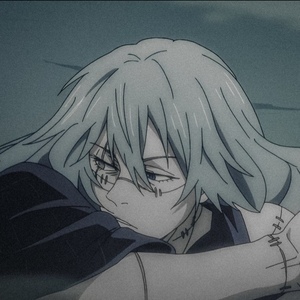28612617
Typography
Description
No tags specified
Resource summary
| Question | Answer |
| _____ involves the selection of appropriate typefaces, typefaces, type sizes, and type spacing for specific types of documents | Typography |
| Other kinds of type, such as _____, can be very flamboyant and fun | Display type |
| Typefaces can be separated into 2 general classes: _____, and _____ | Serif Sans serif |
| _____ type is generally preferred for body text | Serified |
| _____, which is sometimes more difficult to read, is commonly used for headlines and subheads | Sans serif |
| The top line is called the _____ line, because all of the letters in a typeface extent upward to meet it | Cap height |
| The middle line is called the _____ line, because it's the height of the lowercase x in any typeface | X-height |
| The bottom line is called the ____, the main part of every character rests on this line | Baseline |
| The main part, or _____, of lowercase characters fits between the baseline and the x-height line | Body |
| The part of the character that extends to the cap height line is called the _____ | Ascender |
| The part of the character which falls below the baseline is called the _____ | Descender |
| The main vertical stroke of a letter is called a _____ | Stem |
| The horizontal line that connects two legs of a character is called a ____ | Bar |
| The peak of a character that meets the cap height line is called the characters ____ | Apex |
| The empty space within the character is called the character's _____ | Counter |
| _____ spacing - when i takes up just as much room as the m; doesn't make allowances for differences in width | Nonpraportional or Monospacing |
Want to create your own Flashcards for free with GoConqr? Learn more.

